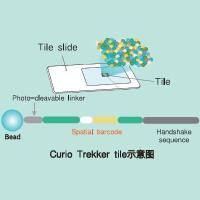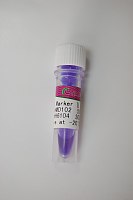Gene Identification and Cloning by Molecular Marker Mapping
互联网
504
In the course of map-based cloning, mutant genes are identified through linkage to a sufficiently small region of the genetic map and subsequent DNA sequencing. This process has become fairly straightforward for Arabidopsis mutations, owing to the completed genome sequence and the discovery of many thousands of molecular markers. Initially, plants with the desired phenotype are identified in populations treated with ethylmethanesulfonate or other mutagens. Once the mutant phenotype has been discovered and confirmed, map-based identification of the mutated gene is a four-stage process: (1) mutant plants are crossed to another Arabidopsis ecotype and F2 seeds are generated; (2) approx 50 homozygous mutant F2 plants are genotyped to determine linkage to four or five molecular markers on each of the five chromosomes; (3) A larger F2 population (1000 to 2000 plants) is grown, genotyped, and phenotyped to determine fine-scale genetic linkage, ideally narrowing to a chromosomal region of about 40 kbp; and (4) sequencing of mutant and wild-type DNA is used to verify the identity of the mutated gene. Given a mutant phenotype that can be determined unambiguously in a single F2 plant, it is possible to complete an Arabidopsis map-based cloning project in about 1 yr.









